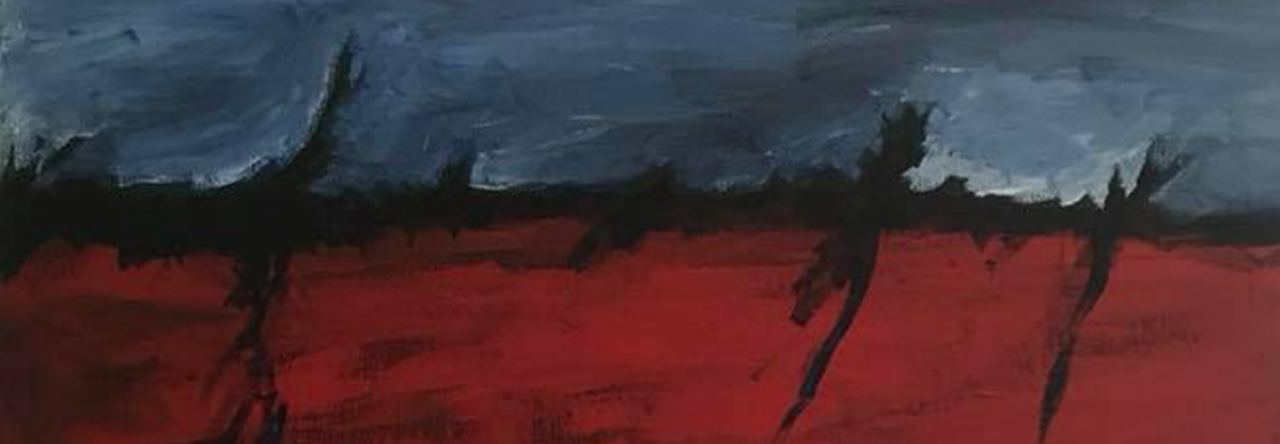Green Grow the Rushes, O

Happy Winter Solstice!
In honor of the day, I’m thinking of the old folk song, “Green Grow the Rushes, O.” It’s frequently listed as a “song of Christmas,” yet many of its references are clearly pagan. Here is a nice rendition:
https://www.youtube.com/watch?v=cjht2xQripM
No one knows when this enigmatic folk song of the British Isles first appeared. It is listed as Roud #133 in the extensive ongoing catalogue of folk ballads compiled by Steve Roud beginning in the early 1970s. Roud is a prominent member of The Folklore Society, a learned society based in London with the avowed purpose studying “all aspects of folklore and tradition, including: ballads, folktales, fairy tales, myths, legends, traditional song and dance, folk plays, games, seasonal events, calendar customs, childlore and children’s folklore, folk arts and crafts, popular belief, folk religion, material culture, vernacular language, sayings, proverbs and nursery rhymes, folk medicine, plantlore and weather lore.” http://folklore-society.com/
The song, which exists in numerous versions and variants, is a cumulative counting song. The first verse, in one of its most well-known versions, goes like this:
I’ll sing you one, O
Green grow the rushes, O
What is your one, O?
One is one, and all alone,
And ever more shall be so.
From there, the verses accumulate numbers and the items associated with them, all the way to twelve. The refrain “Green grow the rushes, O” occurs after each numbered item. A traditional list includes:
One: “one is one and all alone and ever more shall be so”
Two: “two, two, the lily-white boys, clothed all in green o”
Three: “three, three, the rivals”
Four: “four for the Gospel makers”
Five: “five for the symbols at your door”
Six: “six for the six proud walkers”
Seven: “seven for the seven stars in the sky”
Eight: “eight for the April rainers”
Nine: “nine for the nine bright shiners”
Ten: “Ten for the Ten Commandments”
Eleven: “eleven for the eleven who went to heaven”
Twelve: “twelve for the twelve apostles”
These web sites discuss several frequently-seen versions:
http://www.musicanet.org/robokopp/english/greengro.htm
https://www.hymnsandcarolsofchristmas.com/Hymns_and_Carols/green_grow_the_rushes.htm
That last site also provides a very good introduction to the mysteries surrounding the text, with its mixture of Christian, pagan, and astrological/astronomical references. Here’s another site providing some interesting speculations about the song: https://www.theguardian.com/notesandqueries/query/0,,-1866,00.html.
There’s also a sweet Sesame Street version with all the religious/esoteric implications removed—for example, “the lily-white boys” become “the little green frogs.”
Note: this song should not be confused (but frequently is) with “Green Grow the Rashes,” a Robert Burns poem set to music, and a staple in many “Celtic” concerts and albums.



You must be logged in to post a comment.